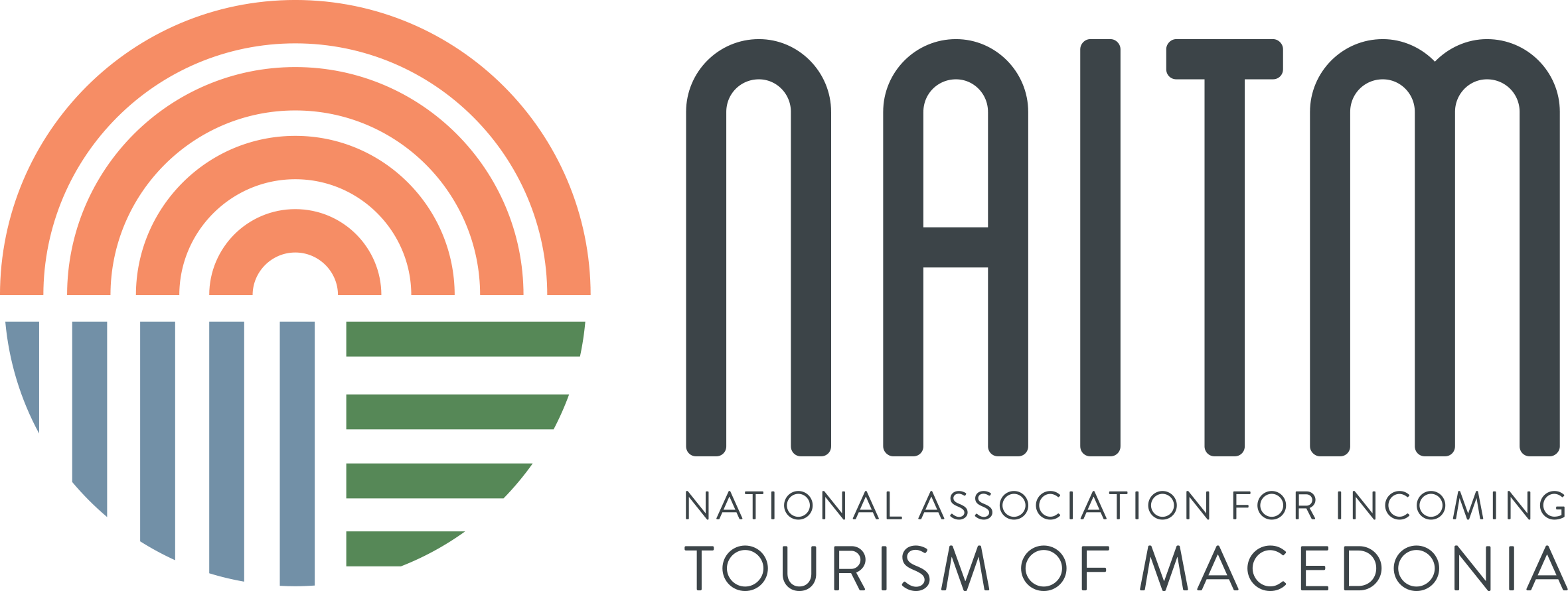History: in the II millenium BC, the region was inhabited by the Illyrians. In the X century BC, the Greek colonization of the southern region began. The Romans enlarged the town of Greek origin and fouded new ones such as Sirmium e Felix Romuliana (IV century AD). The provinces of Pannonia Inferior, Mesia Superior, Dacia Ripense and Mediterran Dacia, which form the present Serbia, were the birthplaces of 16 Roman Emperors. With the invasion of the region by Slav tribes (VI century AD) the following centuries were characterized by the presence of numerous independent tribes each one led by a so called župan. During these years the region was divided into the Raška kingdom in the eastern part of the country and Zeta which covered the central part and the Adriatic coast. In 1166, Stefan Nemanja, veliki (great) župan of the Raška kingdom, united the whole region in a single state. The following two centuries, thanks to the Nemanjić dynasty, were the country’s golden period that reached its zenith with King Milutin and his son Stefan Dečani (XIV century). Serbia became one of the most important European Empires and its territory expanded to the Niš region. Rasko, Stefan Nemanja’s youngest son and future St. Sava, founded the Serbian Church. In June 1389 in Kosovo Polije, the Christian army of Prince Lazar, composed of Serbians, Bosnians and Bulgarians, was defeated by Sultan Murat I. A few years later, the Turkish army invaded the Balkans as far as the Austrian border. Although the Turk garrison left Belgrade in 1867, Serbia obtained independence thanks to the uprisings organized by Đorđe Petrović Karađorđe in 1804 and by Miloš Obrenović in 1815. In 1882, the Kingdom of Serbia was declared. In 1918, the Karađorđević dynasty took control of the new Kingdom of the Serbians, Croatians and Slovenians. A period characterized by serious popular riots followed, and King Alexander I was forced to dissolve political parties and to rename the country as the Kingdom of Yugoslavia. From the end of WWII to 1992, when Slovenia, Croatia, Macedonia and Bosnia and Herzegovina declared independence, the country’s history is related to that of the Federal Socialist Republic of Yugoslavia founded by Josip Broz (Tito). In 1992 Serbia and Montenegro founded the new Federal Republic of Yugoslavia, whicht existed until June 2006.



